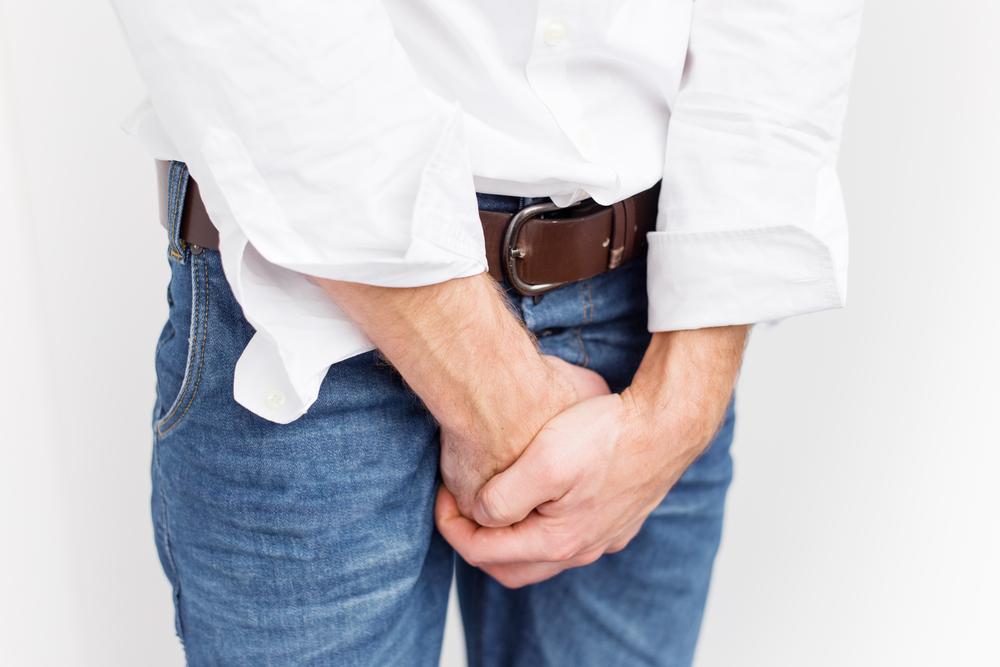Debunking Common Myths About Urinary Incontinence
This article clarifies common misconceptions about urinary incontinence, highlighting that it affects both men and women across various ages. It emphasizes the importance of consulting healthcare professionals and explores effective treatments like Kegel exercises and devices like KegelSmart. By addressing myths and providing factual info, it encourages open dialogue and proactive management of urinary incontinence for improved quality of life.

Debunking Common Myths About Urinary Incontinence
Urinary incontinence affects approximately 25 million Americans, yet it remains a taboo topic due to embarrassment. Increased awareness has led more individuals to seek help, reducing the average delay from ten to six years before consulting a healthcare professional. Misconceptions abound, such as the belief that only elderly people experience this condition. In reality, around 25% of women face stress incontinence from activities like laughing or coughing. Most patients are between 40 and 60 years old. Other myths include the notion that leakage is normal or that only women are affected, but both men and women can experience various forms of urinary incontinence.
Many falsely believe that bladder control issues worsen solely with age or childbirth, or that sounds and thoughts do not trigger leakage. In truth, these can lead to urge incontinence. Limiting water intake is also a misconception; proper hydration can help. Natural therapies, Kegel exercises, and surgical options are all valid approaches, depending on individual needs. Kegel exercises strengthen pelvic muscles and improve bladder control. Devices like KegelSmart make performing these exercises easier and discreet, with features like biofeedback through a flashing light, allowing users to monitor progress comfortably and privately. Using such aids can enhance treatment outcomes efficiently.
Always consult a healthcare professional before starting any treatment plan. Proper guidance ensures effective management of urinary incontinence and improves quality of life.










